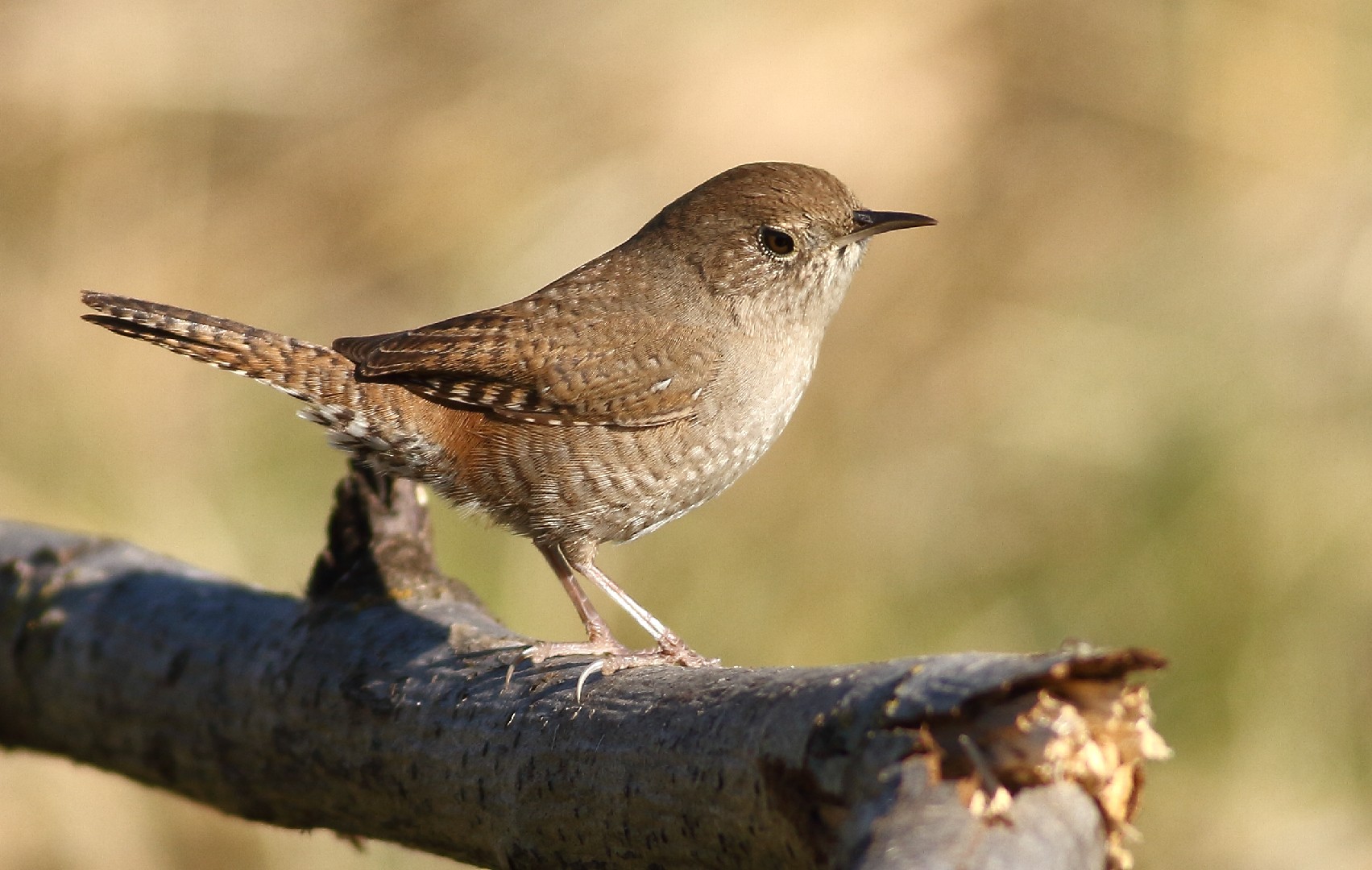House Wren
A species of Troglodytes, Also known as Northern House Wren Scientific name : Troglodytes aedon Genus : Troglodytes
House Wren, A species of Troglodytes
Also known as:
Northern House Wren
Botanical name: Troglodytes aedon
Genus: Troglodytes
Content
Description People often ask General Info
Description
Watch out for the small yet aggressive house Wrens; they are extremely territorial and think nothing of harassing other birds and their nestlings if they want to take their spot! They have been known to kill nestlings and even adult birds to get a nest hole they want. Once house Wrens lay eggs, the nest needs to stay below 100 degrees and above 65 degrees or the eggs will not survive—this could be the reason they are so particular about their nesting spots.
Size
10-13 cm (4-5 in)
Life Expectancy
7 years
Nest Placement
Cavity
Clutch Size
3 - 10 eggs
Incubation Period
1 - 2 broods
Number of Broods
9 - 16 days
Nestling Period
15 - 17 days
Feeding Habits
House Wren predominantly consumes insects and spiders, such as beetles, caterpillars, earwigs, and daddy longlegs, occasionally supplementing its diet with flies, leafhoppers, and springtails. It also ingests snail shells, likely for calcium and digestive grit.
Habitat
House Wren is commonly found in a variety of habitats including open woods, thickets, urban gardens, and towns. This adaptable bird prefers environments that provide a mix of trees, shrubs, and clearings. House Wren thrives in altitudes up to 10,000 feet and adapts to different climates from eastern deciduous forests and southern swamps to western coniferous forests and aspen groves. Its affinity for cavities makes human habitations with their numerous potential nesting sites particularly inviting.
Nest Behavior
House Wren fiercely competes for nesting sites, even ousting larger birds. They build nests in spring, laying small clutches and sharing parental duties, including incubation and feeding of chicks.
Nest Characteristics
House Wren typically nests within 100 feet of woody vegetation but away from dense tree cover, using spaces like old woodpecker holes, natural crevices, and man-made objects. The nest is a twig pile in cavities, with a cup lined with feathers, grass, and various other small materials.
Dite type
Insectivorous
People often ask
General Info
Feeding Habits
Bird food type
Bird Feeder Type

Platform
Sounds
Call
Recording location: Mexico
Song
Recording location: United States
Song
Recording location: United States
Behavior
House Wren are energetic foragers, commonly seen darting through low branches and dense shrubs. Their routine involves briskly hopping along the ground or fluttering across clearings with purposeful, balanced flight. A noticeable trait is their nesting strategy, where males ambitiously construct several nests to attract mates, displaying extraordinary industriousness. Known for their feisty nature, house Wren display fierce territorial aggression, particularly in mating contexts. Males may even enter into conflicts during the breeding season, with intruders occasionally overthrowing established pairs, leading to the replacement of progeny for new mating opportunities. Their yearly mating dance involves pair dissolution and the selection of fresh partners each season.
Species Status
The house wren may have been displaced somewhat in some northern parts of its range by the introduction of the house sparrow, but is still common and widespread throughout most of the Americas. It is not considered threatened by the IUCN, though this would certainly not hold true for several of the island population if they turn out to be true species. Some taxa, especially from the Lesser Antilles, are rare and highly endangered or possibly already extinct. Several factors seem to have contributed to a varying degree to the decline of these birds, namely habitat destruction, predation by introduced mongooses, and hurricanes: Martinique house wren, Troglodytes aedon martinicensis) – Martinique, apparently extinct (c.1890) Guadeloupe house wren, Troglodytes aedon guadeloupensis – Guadeloupe, possibly extinct (late 20th century?) Saint Lucia house wren, Troglodytes aedon mesoleucus – Saint Lucia, believed extinct by the 1970s, subsequently rediscovered but still precariously rare The Saint Vincent house wren (Troglodytes aedon musicus) of Saint Vincent was close to extinction in the mid-late 20th century; it has since recovered and today is not uncommon. As remarked above, these are variously placed in T. musculus if that is considered distinct, or as one or several distinct species. 
